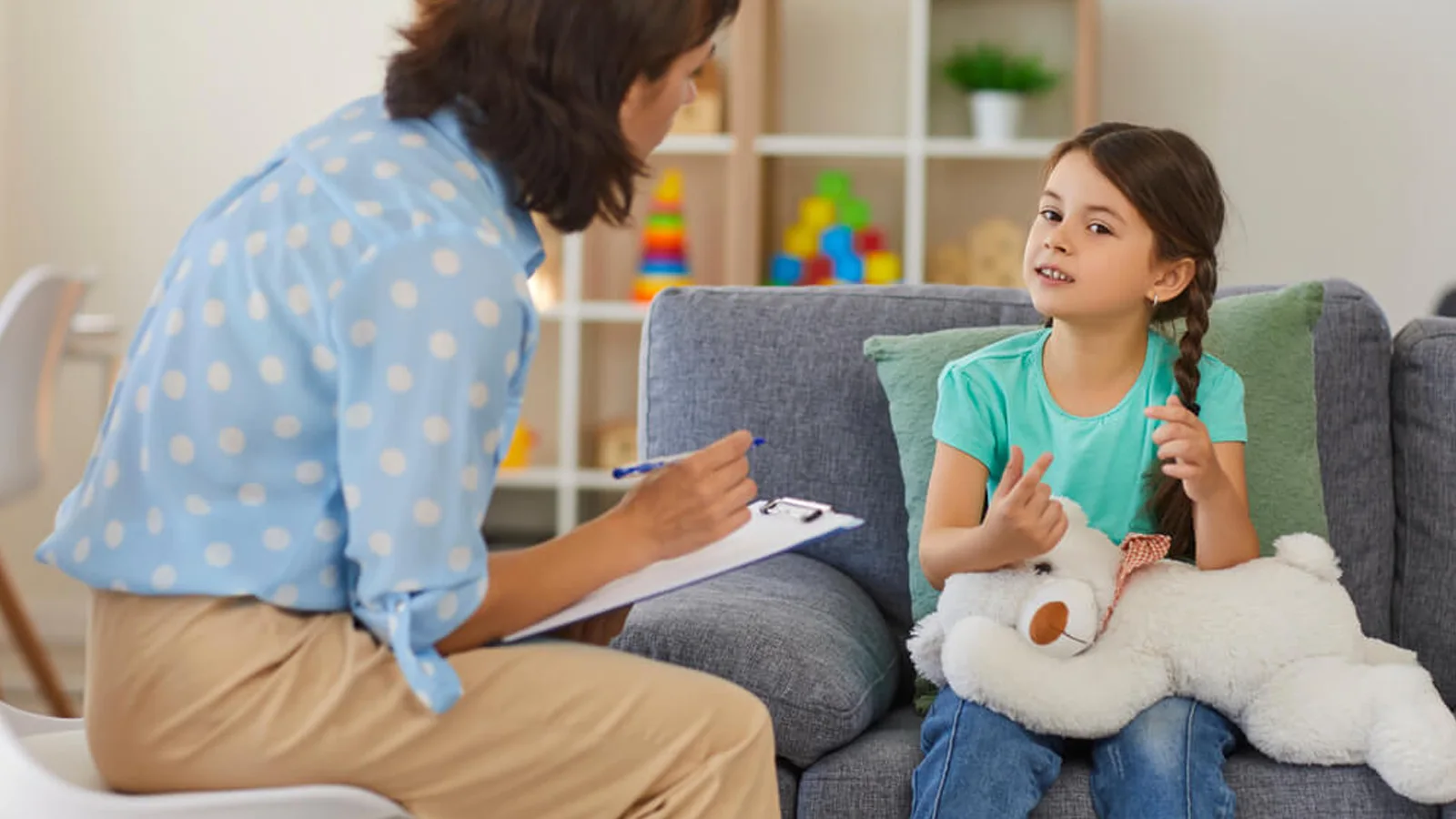Starting Small
Introduce travel at a local level before planning foreign trips.
- This helps gradually introduce new experiences to children’s lives without disrupting their entire routine.
- Start introducing local traveling to children at the earliest possible when they are young.
- Use the diversity in your neighborhood to introduce cultural differences before planning a foreign trip.
- Before staying at a hotel, try staying at a friend’s or relative’s house.
Use Social Stories and picture books.
- Introduce Foreign Travel Concepts
- Introduce ideas of foreign travel by reading books with pictures about different destinations while studying various aspects of that country.
Building your vacation around your child’s interest/passion.
- Easing discomfort with familiar interests
- Plan your vacation around your child’s passions to make the change in schedule more comfortable and engaging .
- Easing discomfort with familiar interests
- Introduce Foreign Travel Concepts

Pre-trip preparation.
- Importance of research and planning
- Preparation is critical to a successful holiday, requiring upfront research and a plan to reduce surprises.
- Parents should familiarize themselves with the special needs programs and accommodations available on the flight and at their destination.
- Research to weed out upsetting stimuli like crowds or where strict schedules are necessary.
- Choose a relaxing destination with unhurried/flexible schedules or a destination based on your child.
- Importance of research and planning
Plan as a Family.
- Discuss the trip with the family
- Discuss the trip with the entire family, talking about each step, describing the expected environment, counting down the days to the trip, let children suggest activities or places they would like to see.
- Let children help in packing their suitcases.
- Create a schedule but allow for extra time for flexibility and review the schedule with your child a couple of times before your trip.
- Creating time for sensory time-outs and sensory-friendly activities in the itinerary.
- Pack a sensory bag (a bag or backpack for containing emergency items, e.g., snack/drink, change of clothes, sensory items, familiar toys, etc.).
- Discuss the trip with the family
Create a Safety protocol.
- Tether backpacks and GPS Trackers
- Use a tether backpack for children with wandering tendencies, and consider using a GPS tracker for your child.
- Using a medical alert bracelet if a child has speech concerns or other emergency considerations. Include an emergency number for the phone used during travel.
Have an ID kit with your child’s recent photograph that can be used to help find him/her in an emergency. - Ensure your child carries identification with the hotel’s name, parent’s phone numbers, and some cab money in the pockets of younger kids.
- Tether backpacks and GPS Trackers
Pack for peace.
- Familiar items for comfort
- With all children, familiarity equals comfort. Pack their favorite comfortable clothing and shoes, special blanket or stuffed animals, electronics and toys the child uses at home.
- Include noise-canceling headphones with music, fidget toys, a weighted blanket, water, and snacks (in the parents’ survival bag).
- Use a small kid-sized backpack the child can wear and carry, in which they can put some preferred objects/toys.
- Avoid washing comfort items before the trip (the familiar smell of home may help children feel at ease).
- Pack a white noise machine or fan to mask the hotel noises if possible.
- When staying at hotels, pack some preferred foods and drinks for fussy feeders and carry everyday toiletries (soap and toiletries) for the children.
- Familiar items for comfort
Preview the adventure.
- Role-playing and social stories
- Role-play parts of the trip with your child, letting them pack their suitcase and role-play rolling it at home, like at the airport.
- Remember to use social stories and visual schedules to prepare for the journey.
- Programs like Wings for Autism are excellent tools for families with special needs children to familiarize themselves with airport travel and the navigation processes involved.
- Introduce unfamiliar items at home that might be encountered when traveling e.g., sand for beach destinations.
- Role-playing and social stories
Navigating Air Travel.
- Preparing for airline travel
- Introduce the idea of airline travel long before the flight through Social Stories, picture books, role-play, visiting programs like Wings of Autism, or even an advance visit to the airport with programs a particular airline may provide.
- Look for sensory spaces in airports which offer them.
- Alert the airline regarding your child’s special needs in advance.
- Consider which seats work best for your child and request them in advance. Preferred seats should be upfront, which are less noisy, provide more legroom, and prevent children from seeing large passenger numbers behind them.
- If your child is a fussy feeder, bring food along for the flight or plan for special meals that your child likes. Always alert the airline to any allergies.
- In your carry-on luggage, include items that distract and calm your child before and during the flight (e.g., noise-canceling earmuffs, fidget toys, favorite toy/stuffed animal, weighted blanket/lap pad).
- Consider carrying your child’s car seat if they struggle with staying buckled or with elopement if the seat is allowed and meets airline specifications.
- Arriving at the airport early is key. Request/use any special identification items the airline or airport might provide for children/families with special needs, like the Sunflower lanyard.
- One parent should check in if possible while the other engages the child away from the queues.
- Always make use of your strollers for as long as possible.
- Inquire about your rights to go through security, which includes pat down/relaxed rules.
- Decide on the best time to board based on your child’s needs.
- If safe for your child, carry gum and hard candies to reduce ear-popping during flight.
- Preparing for airline travel
On arrival at your destination
- Modifying hotel rooms
- Use small blow-up pools at the bottom of the shower if the room does not have a bathtub.
- Noise from hotel hallways can be masked with fans.
- Opt for remote check-ins or check-in without your child to avoid noisy lobbies.
- When overwhelmed, hotel closets can work as sensory/calm-down retreat areas for children.
When touring venues
- Planning tours with breaks
- When planning tours or visits to theme parks, museums, or other venues, include planned breaks into your day, keeping your child’s energy and attention levels in mind.
- Look for child-friendly venues with lower lighting, fewer people, less noise, and sensory/quiet rooms where children can go when needed.
Inquire what days/times are least crowded. - Use social stories to prepare the child for the adventure and try out new sensations before leaving the house.
- Always check to see if your venue has special provisions for neurodiverse children, such as special access lines, allowance for stroller use, and re-admittance passes (if your child is overwhelmed and you are forced to leave early).
- Carry headphones, earplugs and snacks. Sunglasses even at night to reduce visual stimulation at theme parks.
- Always check in with your child for signs of overstimulation to avoid meltdowns.
Restaurant Dining
- Role-playing dining out
- Before the actual dining out, role-play the experience with your child.
- Seek children-friendly restaurants that mainly offer high chairs with buckles to prevent escape.
- Before picking menu items from online menus, if your child is a fussy eater, ask the restaurant if you could bring your own food (this might encourage them to taste/bite a new food).
- Call in advance and request food to be prepared to reduce your child’s anxiety when waiting.
- Always choose outdoor dining over buffet dining.
- Carry items to distract and calm the child (headphones, iPad)
- Provide your payment information in advance if you are forced to leave abruptly due to overstimulation or meltdown.








